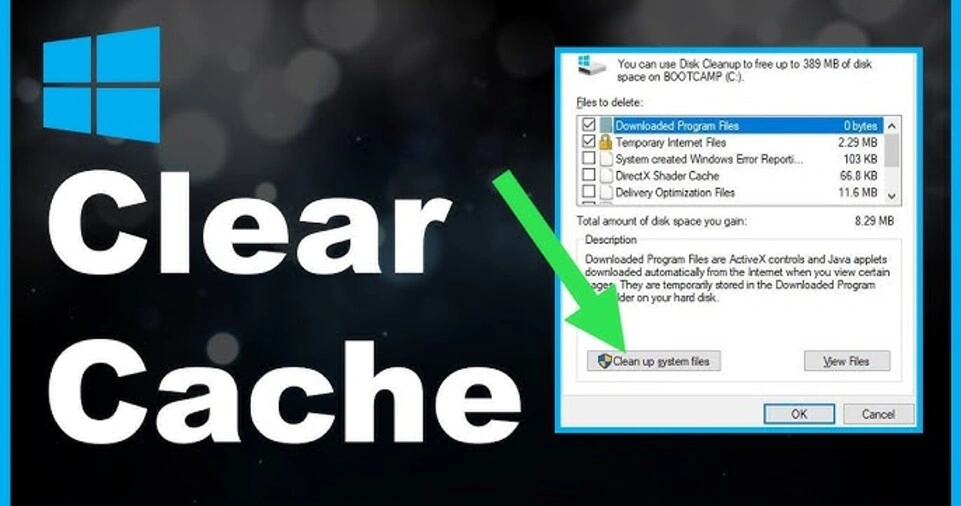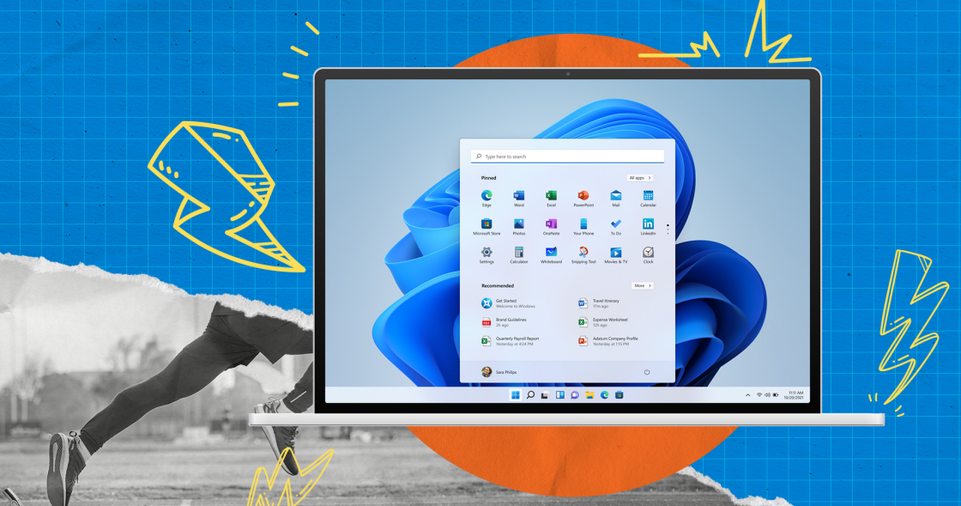In today’s fast-paced digital world, a slow computer can be incredibly frustrating. Whether you’re working, gaming, or simply browsing the internet, a sluggish system can affect productivity and overall user experience.
Over time, computers tend to slow down due to accumulated temporary files, software bloat, outdated drivers, and malware infections.
However, before considering an expensive upgrade or replacing your machine entirely, there are several simple yet effective steps you can take to boost its performance.
This comprehensive guide will walk you through a series of proven methods to optimize your computer’s speed.
From uninstalling unnecessary programs to upgrading hardware and tweaking system settings, these steps will ensure that your device runs smoothly.
By following these tips, you can enhance performance, reduce lag, and extend the lifespan of your machine without needing professional assistance.
Understanding how your computer works and the factors that slow it down will help you make informed decisions about maintenance and upgrades.
Many users overlook basic optimizations that can dramatically improve speed and efficiency. Whether you’re a student, professional, or casual user, this guide is designed to help you get the most out of your computer.
Let’s dive into the details and explore how you can restore and maintain peak performance for your system.
Remove Unnecessary Programs
Why Unused Programs Slow Down Your Computer
Over time, your computer accumulates numerous applications, many of which you may not use regularly.
These programs take up valuable storage space and often run background processes that consume system resources, leading to slower performance.
Many of these applications also check for updates automatically, which can further reduce speed and cause interruptions.
How to Uninstall Unnecessary Programs
To remove unwanted programs, follow these steps:
For Windows:
- Open Control Panel.
- Click on Programs > Programs and Features.
- Browse the list and uninstall programs that you no longer need.
- Check the Task Manager (
Ctrl + Shift + Esc) for any background applications running unnecessarily.
For Mac:
- Open Finder.
- Go to the Applications folder.
- Drag unwanted applications to the Trash, then empty the Trash.
- Open Activity Monitor to see if any hidden processes are consuming resources.
Using third-party tools like CCleaner or IObit Uninstaller can help identify and remove unnecessary applications more efficiently, ensuring that no leftover files remain on your system.
Disable Startup Programs
How Startup Programs Affect Speed
When you turn on your computer, some programs automatically start running in the background. These startup applications consume RAM and processing power, slowing down the boot time and overall performance.
If you have many programs launching at startup, your computer may take much longer to become fully operational.
How to Disable Startup Programs
For Windows:
- Press
Ctrl + Shift + Escto open Task Manager. - Click the Startup tab.
- Disable unnecessary programs by right-clicking and selecting Disable.
- Consider using MSConfig (
Win + R> typemsconfig) for more advanced startup settings.
For Mac:
- Open System Preferences.
- Click Users & Groups > Login Items.
- Select and remove programs that you don’t need at startup.
Disabling unnecessary startup programs can significantly speed up your computer’s boot time, allowing you to start working or playing games faster without waiting for background processes to finish loading.
ALSO READ: How to Improve Your Gaming Skills Like a Pro
Clear Cache & Temporary Files

Why Clearing Cache and Temp Files is Important
Temporary files and cache data accumulate over time and take up disk space, leading to sluggish performance.
These files include system logs, browsing history, application cache, and old installation files. Deleting these unnecessary files frees up storage space and can prevent system slowdowns.
How to Delete Temporary Files
For Windows:
- Press
Win + R, type%temp%, and hit Enter. - Select all files and delete them.
- Empty the Recycle Bin.
- Use Disk Cleanup (
Win + S> search “Disk Cleanup”) to remove junk files. - Consider using Storage Sense (
Settings > System > Storage) to automate cleanup.
For Mac:
- Open Finder and click Go > Go to Folder.
- Type
~/Library/Caches/and delete unnecessary files. - Use Optimize Storage in System Preferences > Storage Management.
Using system optimization tools like CCleaner, MacKeeper, or BleachBit can automate this process, ensuring that your system remains clutter-free and runs efficiently.
Upgrade Your Hardware
When Should You Upgrade?
If your computer is still slow after optimizing software, a hardware upgrade may be necessary.
The two most effective upgrades are adding more RAM and switching to an SSD.
While software fixes help, hardware improvements often provide the biggest boost in performance.
How Upgrading RAM Helps
- RAM (Random Access Memory) allows your system to handle multiple tasks at once.
- Upgrading from 4GB to 8GB or higher significantly improves performance, especially for multitasking, gaming, and video editing.
- Running applications like Google Chrome, Adobe Photoshop, or Microsoft Office becomes much smoother with more RAM.
Benefits of Switching to an SSD
- Traditional hard drives (HDDs) are much slower than Solid State Drives (SSDs).
- Replacing your HDD with an SSD can improve boot time, reduce application loading times, and enhance overall performance.
- SSDs have no moving parts, making them more reliable and energy-efficient than HDDs.
Installing an SSD and upgrading RAM are cost-effective ways to breathe new life into an aging computer, making it perform like a brand-new machine.
Reduce Browser Load
Tips to Speed Up Browsing
- Clear browsing cache and cookies regularly to free up memory.
- Remove unnecessary browser extensions and plugins that slow down performance.
- Use lightweight browsers like Brave, Microsoft Edge, or Mozilla Firefox.
- Enable hardware acceleration in browser settings for better performance.
- Keep your browser updated to the latest version to benefit from security and speed improvements.
Restart Regularly
Restarting your computer clears background processes and frees up memory.
Many users keep their computers running for days or weeks, which can cause system slowdowns due to memory leaks and residual processes.
Make it a habit to restart your system at least once a week to maintain peak performance.
Defragment Your Hard Drive
For HDD Users Only
Defragmenting your hard drive rearranges data for faster access, reducing the time it takes for your system to read and write files.
How to Defragment:
- Open Defragment and Optimize Drives (
Win + S> search “Defragment”). - Select your HDD and click Optimize.
- Schedule regular defragmentation for better long-term performance.
(Note: SSDs do not require defragmentation.)
ALSO READ: How to Write a Winning Business Plan for Startups
Conclusion
By following these simple yet effective steps, you can significantly boost your computer’s performance.
Regular maintenance, removing unnecessary software, upgrading hardware, and optimizing settings will keep your system running smoothly.
A well-maintained computer enhances productivity, reduces frustration, and extends the lifespan of your device.
Try these methods today and experience a faster, more efficient computer!

